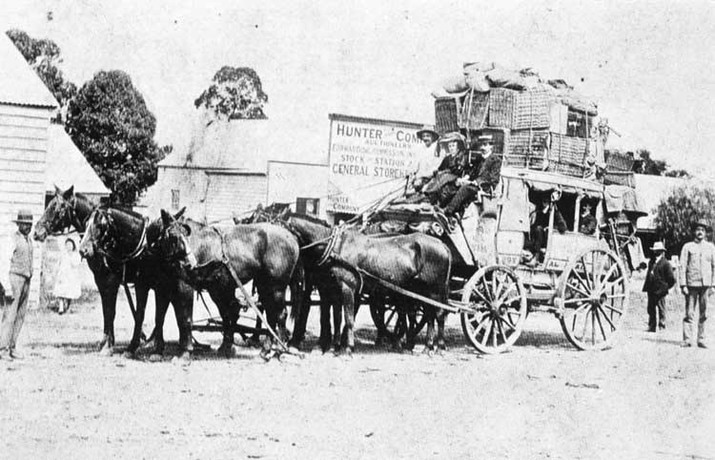
The first western trading port established in the continent that was to become the Commonwealth of Australia, was Sydney. From the earliest days of the colony, the British Red Coats (marines) set about monopolising trade, which at that moment, was primarily inbound to the port. In order to do so, the “Red Coats” set up gun emplacements located upon the cliffs at the heads into Sydney Harbour. These sites are today historical features that are well posted and popular attractions for visitors to a preserved and picturesque area of Sydney.
These same poorly-paid, yet entrepreneurial British marines, were following a customary practice in which they sought to do personal business by employing their force of arms to establish a monopoly wherever it was politically practicable throughout the British colonial world. Back in these early days of the New South Wales colony, upon the marine’s sighting of a ship seeking to enter Sydney Harbour, they would embark a whaling boat to meet and discuss terms for the vessels entry into the harbour.
In order to be given safe passage into the harbour, the terms agreed would be that the entire cargo to be landed was to be sold to the said marines. After the cargo was subsequently sold in the Sydney market (at exorbitantly higher prices) the ships captain would be paid his earlier negotiated sum, and be free to leave Sydney Harbour, without having been disturbed by cannon fire from the marines gun emplacements at the heads.
And so entrepreneurial monopolistic practices derived of those backed by governmental credentials were in the ascendancy from the outset, in the land that was to later declare itself the Commonwealth of Australia.
Later, with a growing diversity of ports & colonial states being established on the Australian continent, the said monopolistic practices came under threat of competition from those alternate parties. Another feature was that pioneers themselves became entrepreneurs and traders,. Many chose to stride out and away from the government controlled ports (towards the inland) at any given opportunity.
It is from this point that I will introduce my father’s family history. My grandmother’s parents were both born in Victoria in the mid 19th century. My great-grandfather was raised on the goldfields, but when the young couple met it was at Echuca/Moama on the Murray River, which constitutes a western twin town crossing at the New South Wales (NSW) – Victoria (Vic) State border.
"Cobb and Co coaches were invaluable for the transporting of goods. An unimaginable amount of luggage was piled high on top. For anyone who has ridden pillion on these coaches the swaying is about a foot up and down."
Source: megalongcc.com.au
In the 1880’s, my forebears chose to strike north into Far-Western NSW following a trade route that would ultimately see external trade from these same areas move through Victorian ports. My great-grandparents played their part in facilitating this disruption by eeking-out a living while providing services to travellers & transporters along this route.
At the time, in the 1880’s, there were two primary overland routes running north from Moama. The route veering slightly north-east through to Cobar & Bourke was where my grandparents first gained the licence for a Hotel nearby an established sheep station and stock route crossing. It was days of travel away from any township.
Later, they were licensees of government (water) tanks for well over a decade a little further west, those that were established at twelve-mile intervals in the harshest regions along the route from Ivanhoe-to-Wilcannia on what is now the Cobb Highway. An accompanying Ward’s Horse Exchange operation was a part of their business, this being one of the earliest entrepreneurial franchises in the country.
The overland coach operations were extremely expensive to operate. By today’s standards Cobb & Co’s passenger ticket prices were exorbitant, as were the dray carrying prices for bulk cargo. The opportunity for this family, and many others, in providing transport services along this route was derived of the richness of the trade in world market terms. Moreover, it was aided by the fact that the parallel Darling River’s flow was inconsistent, which in turn lessened the lower cost paddle steamer’s opportunity to compete with the ground carriers.
The NSW government, however, wasn’t about to let trade derived of economic activity & production on their NSW soils be diverted from NSW ports for very long. And given the widespread proliferation and cost advantages derived of rail transportation technology, they chose to drive a rail line from Sydney-to-Bourke via the existing Dubbo line that was completed in 1885.
Consequently, my grandparents chose to move across to that more westerly northern route from Moama to Wilcannia where the provision of rail access was less economically justifiable at the time.
And so it was that entrepreneurial & disruptive transportation efforts provided a family its economic foothold in the NSW colony. These same disruptive transportation services facilitated production and market based trade in their day. Such was the state revenue leakage that it subsequently served to encourage capital investment in new more efficient rail technology for the western NSW transportation market.

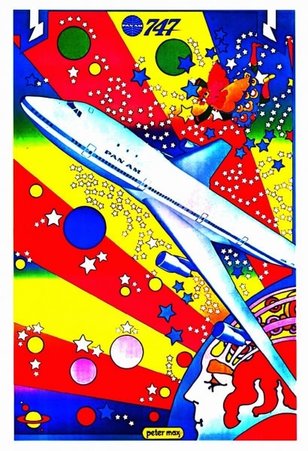
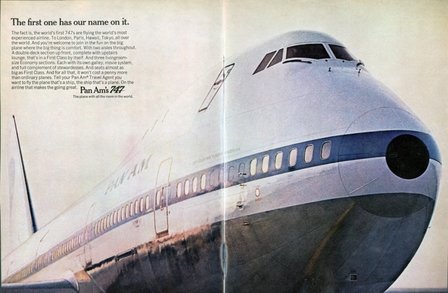
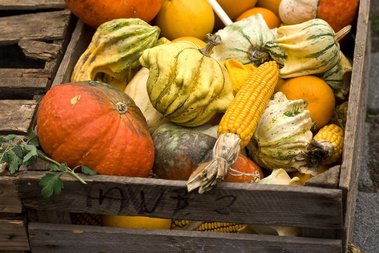

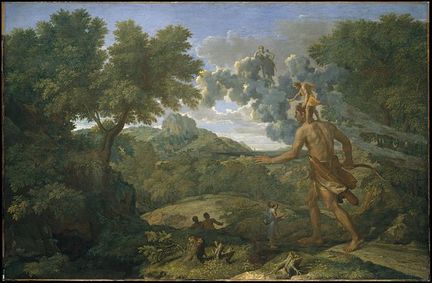


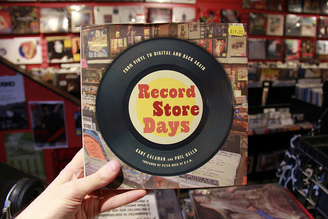
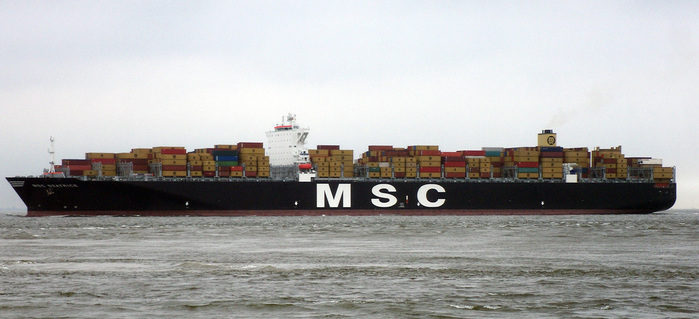
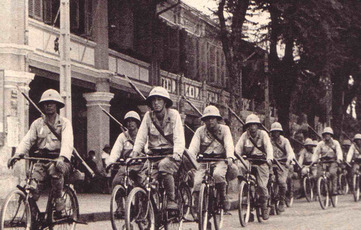
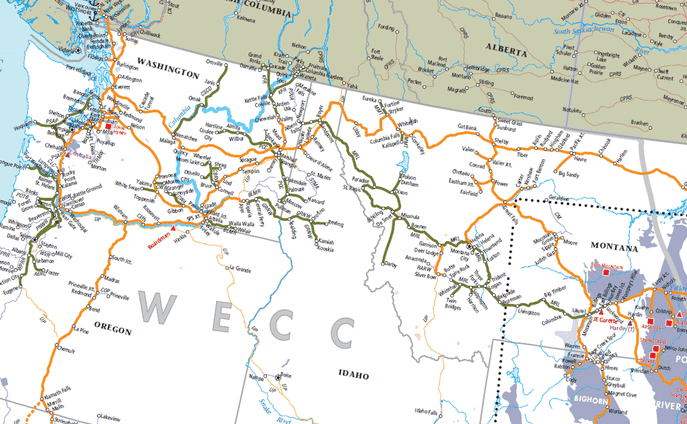
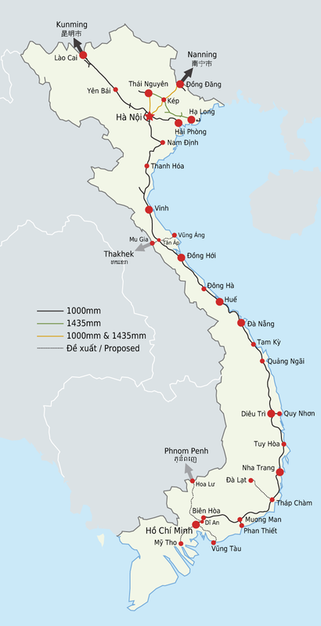
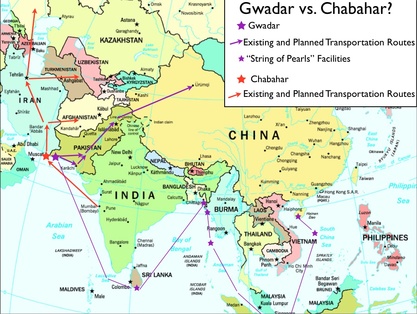
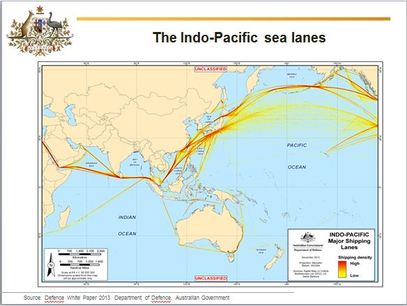
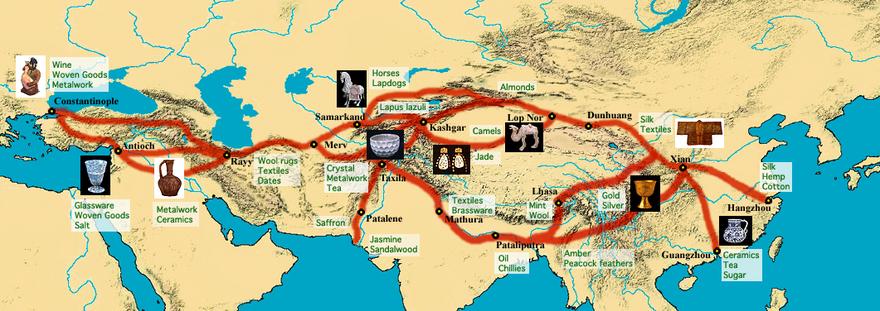
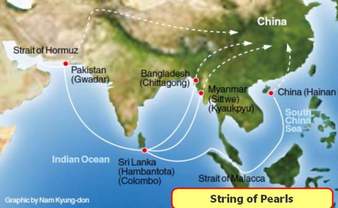
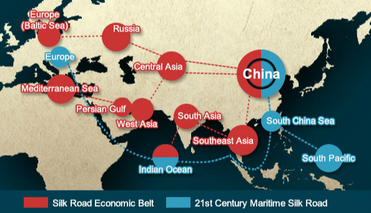
 RSS Feed
RSS Feed